About Holstentorterrasse
The twin towers of the Holsten Gate rise dramatically, their dark brick walls and pointed roofs creating a striking silhouette against the sky. The Gothic architecture, with its arched windows and intricate brickwork, speaks of Lübeck’s medieval past. Inscribed above the central archway are the words “Concordia domi foris pax,” meaning “Harmony within, peace without,” a motto that reflects the city’s aspirations during its time as a powerful member of the Hanseatic League.
Built in 1464, the Holsten Gate served as both a defensive structure and a symbol of Lübeck’s wealth and influence. Its thick walls, designed to repel invaders, now stand as a testament to the city’s resilience. The gate marked the western entrance to Lübeck, welcoming traders and travelers into one of Europe’s most important medieval trading hubs. Today, it remains one of Germany’s most iconic landmarks, embodying the city’s rich history.
Marks of Time
The Holsten Gate’s slightly leaning towers and uneven structure reveal the challenges of medieval construction techniques. Over the centuries, the gate has undergone restorations to preserve its grandeur. The brickwork, a hallmark of North German Gothic architecture, showcases the craftsmanship of Lübeck’s builders. The gate’s imposing presence reminds visitors of the city’s strategic importance during the Hanseatic League’s dominance.
Plan your perfect trip to Lübeck with Travo! Download now and start exploring.
Stories in Stone
Each detail of the Holsten Gate tells a story. The narrow windows served as defensive openings for archers, while the thick walls protected against cannon fire. The decorative elements, such as the intricate patterns in the brickwork, reflect the city’s prosperity. The gate’s design was not only functional but also a statement of Lübeck’s status as a leading trading city in medieval Europe.
Living History
Inside the Holsten Gate, visitors can explore a museum dedicated to Lübeck’s history. Exhibits highlight the city’s role in the Hanseatic League, showcasing artifacts, maps, and models that bring the past to life. Standing within the gate, one can imagine the bustling activity of merchants and travelers who once passed through its arches, carrying goods and ideas that shaped the region.
Details That Speak
Notice the gate’s asymmetry, a result of the soft marshland on which it was built. The towers lean slightly, giving the structure a unique character. The Latin inscription above the archway serves as a reminder of Lübeck’s values during its golden age. The combination of defensive features and decorative elements reflects the dual purpose of the gate as both a fortress and a symbol of civic pride.
Present-Day Significance
Today, the Holsten Gate is a beloved symbol of Lübeck and a UNESCO World Heritage Site. It attracts visitors from around the world, offering a glimpse into the city’s medieval past. The gate stands as a reminder of Lübeck’s role in shaping trade and culture in Northern Europe. Whether admired for its architectural beauty or explored for its historical significance, the Holsten Gate continues to inspire awe and curiosity.
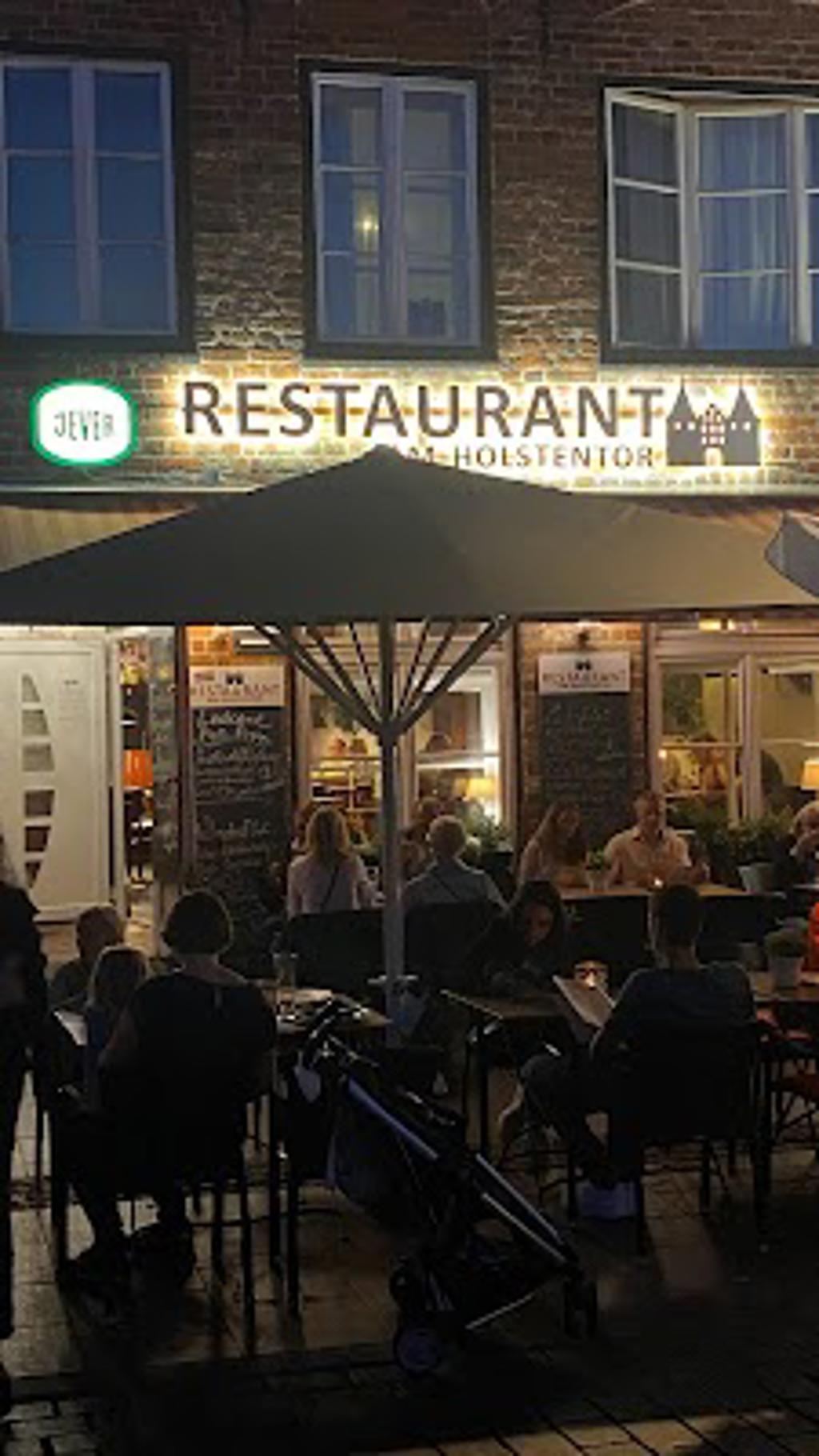

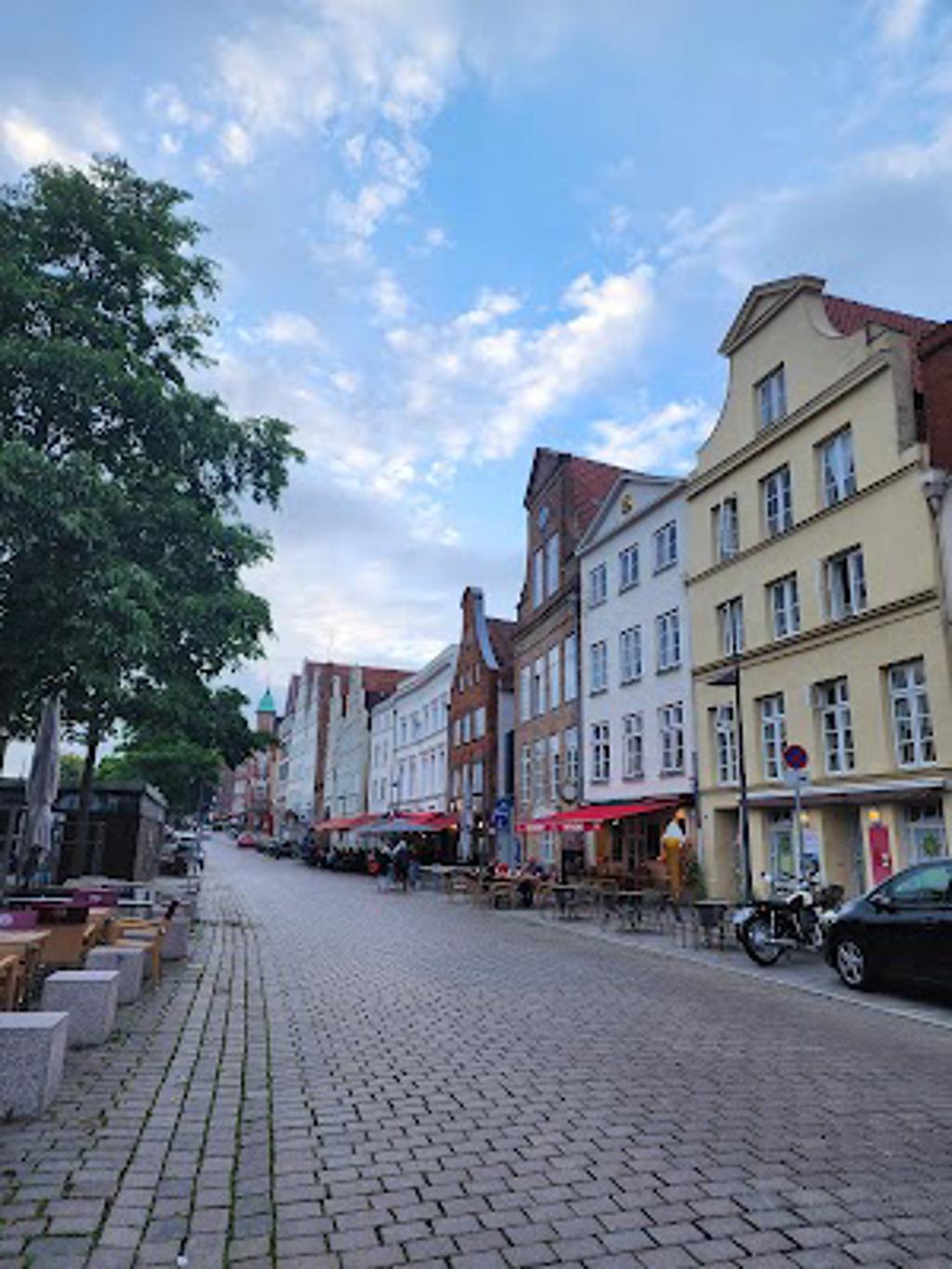
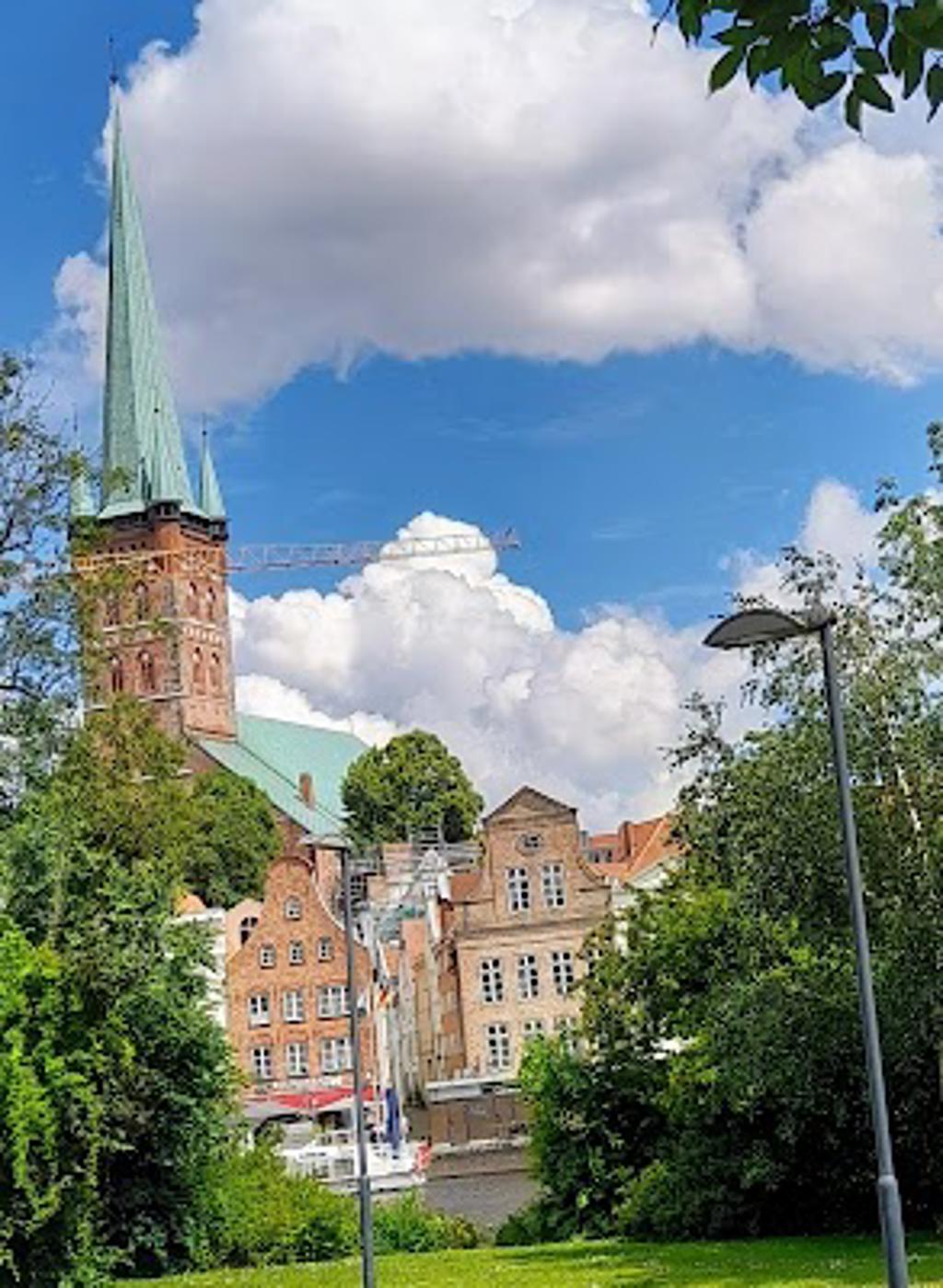
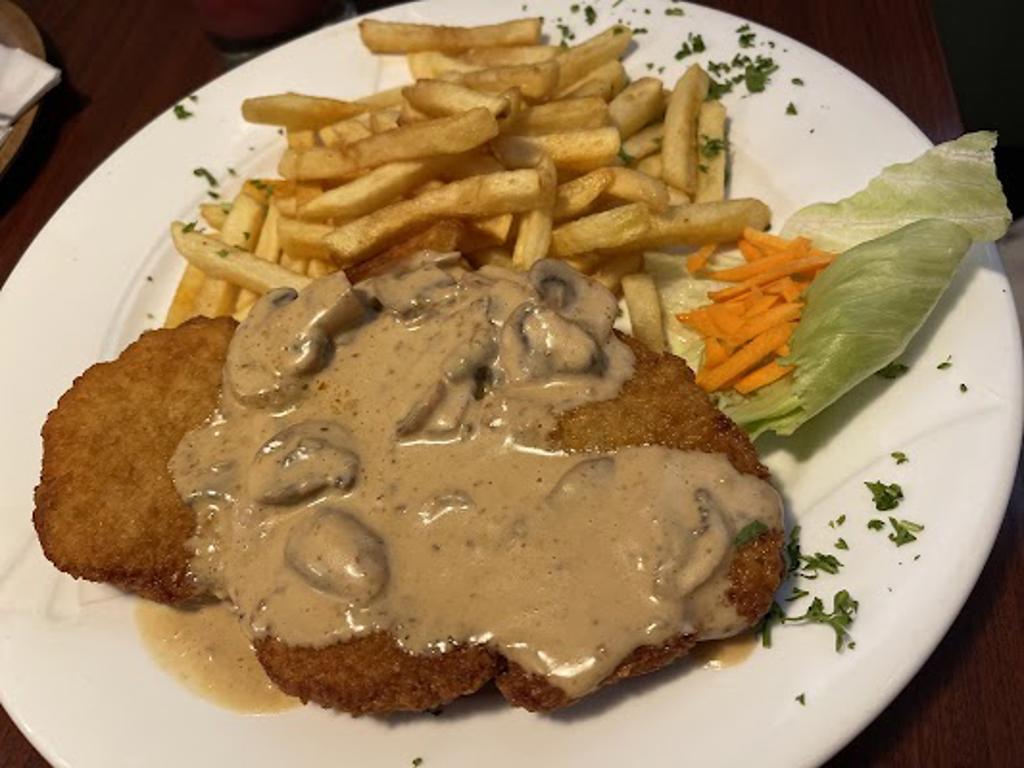
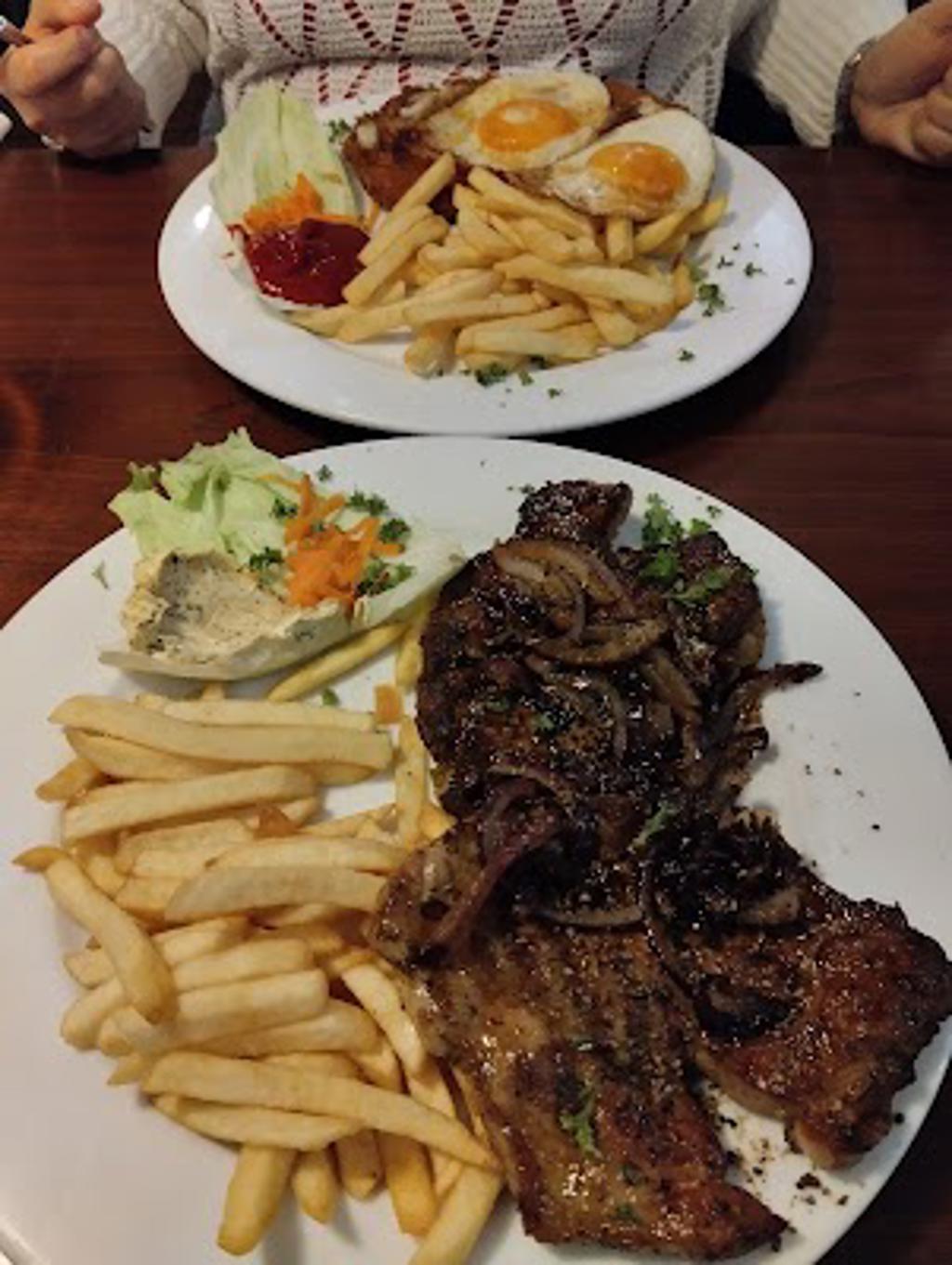
Map loading...
Location
An der Obertrave, 23552, Lübeck
